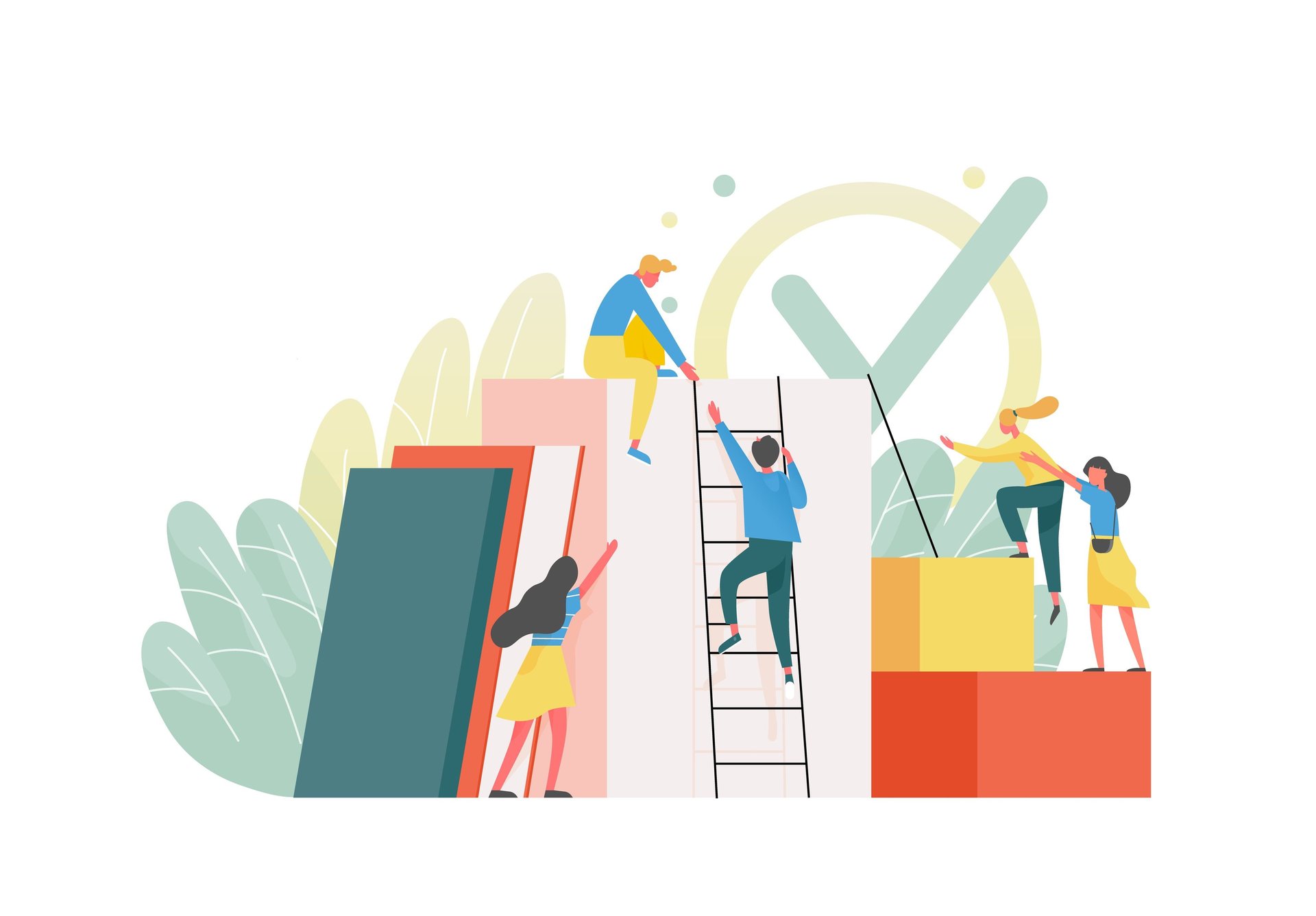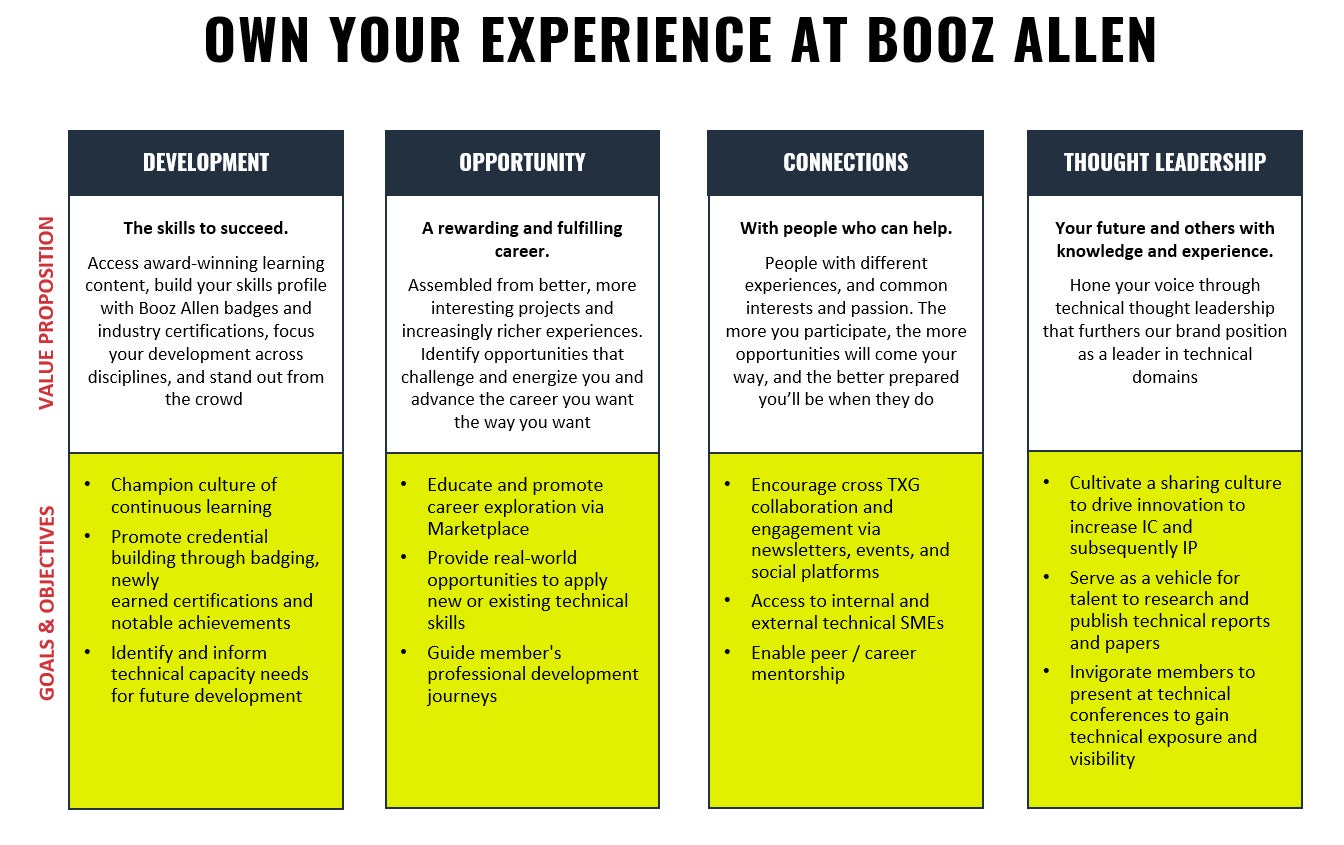Being denied internal mobility is the second-most reason employees quit. Here's what companies can do.
How a top consulting firm provides internal mobility and retains more employees

When employees quit, it can be easy to blame compensation. But there’s another way companies can retain the talent that drives their success: mobility. After low pay, the opportunity to advance is the next highest cause for quitting.
Employees want the opportunity to test different pathways, roles, and specialties—they do not want to be stuck in a box. Younger generations are playing a key role in driving a workplace mobility trend, with a recent Lever study showing that 43% of millennials and 36% of Gen Z have the desire to ask for a role change. As some employees resist being siloed into a specialty, they may look elsewhere to advance their careers. Organizations that can provide equal access to different career paths within their company will retain top talent and increase overall employee satisfaction.
Create programming that deliberately facilitates mobility
Increasing workplace mobility starts with thoughtful and intentional programming, focusing on reskilling and upskilling employees to meet their career goals. In today’s talent environment, you can’t just hire—you must build, retain, and invest.
Build: Create job families. Creating job families that apply across the entire organization establishes a common taxonomy of job skills and a standardized approach for baselining talent needs. Companies should clearly articulate and map out emerging talent demands by looking at what skills are needed to meet organizational goals. Once goals are finalized, an organization should share those with employees so that they can accumulate the right skills for career growth.
Retain: Initiatives that allow for continuous upskilling and reskilling. These initiatives address the growing skills gap, keep employees engaged, and help them discover their own areas of focus. As with all technical firms, we face an increasing need to develop technology talent internally at Booz Allen. We’ve successfully leveraged skill-building initiatives to build up cybersecurity, software engineering, artificial intelligence, and cloud skillsets.
Our internal initiatives focus on honing employees’ technical skills and providing them with opportunities for certifications and career growth. We’ve also emphasized technical talent pipeline initiatives to attract, train, and retain diverse employees in critical skill areas. To be successful, these reskilling initiatives must proactively provide employees with a clear path to vertical and horizontal advancement.
Invest: “Experience groups” or open forums. This solution allows employees to connect, foster learning, and share best practices while feeling safe and heard. In these groups, colleagues can focus on upskilling certain skill sets, meet people from other areas, and develop relationships that allow them to advance their careers upwards or sideways into a different skill set. At our firm, these technical experience groups (TXGs) are run by business leaders (executive sponsors, chairs, and leads) and are partnerships between technical leaders and talent development.
The TXGs are experiences that connect employees 24x7—meeting the employees where they are with online information and resources. In addition, TXGs allow members to build skills profiles with industry certifications and Booz Allen badges that help employees further differentiate themselves amongst colleagues and others in the industry. Each TXG also coordinates numerous events, hosting TED talk-style series around cyber talent and transformation as well as mentorship programs highlighting specific projects and teams. These span their strategic pillars—development, opportunities, connections, and thought leadership.

Provide equal access
It’s easy for inherent biases to creep their way into the selection process. Leaning into technology like artificial intelligence (AI) can help democratize access to opportunities. With an integrated AI solution for reviewing resumes, either built internally or through a vendor’s solution, hiring managers can open a request and, within minutes, receive relevant skills-based matches that include some they might not otherwise have known. While some AI biases exist (statistical, systemic, and human), Al can yield a greater, more diverse talent pool than old-fashioned networks. When resumes of qualified candidates are all reviewed fairly, it helps drive equitable access and evaluation.
Reimagining roles within an organization
Workplace mobility is about more than moving existing employees into different tracks. It should also include rethinking how jobs are structured and embracing flexibility around job responsibilities. “Hybrid roles” typically involve a mix of skill sets and job responsibilities and are defined as roles that don’t fit into traditional org charts. Instead, they are mapped to an individual’s passions and expertise, allowing employees to work on what they are most interested in while furthering business goals.
At Booz Allen, we ask employees questions like “What is it about this job that excites you?” and “How do we lean into those skills?” to create roles that better align with their passions. So, for example, if an individual wants to learn a new programming language to support the team during a talent deficit, we provide them with the tools to do so.
Building a strong workforce is better than buying it
Creating intentional workplace mobility programming is no small undertaking, but, as Booz Allen has experienced, it pays off in employee retention. Through developing a variety of internal upskilling and training opportunities to build the next generation of specialists, Booz Allen has tracked a 20% increase in internal hiring since 2021.
Instead of shying away from diverse career ambitions, embrace them. Promoting workplace mobility allows employees to explore new skills and expand their options—without looking elsewhere.